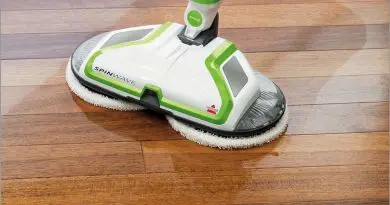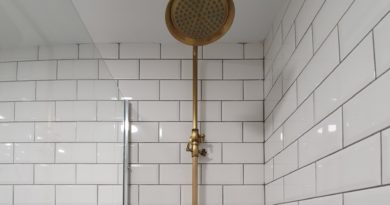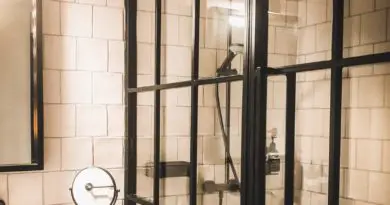How to Unclog Bathtub Drain Full of Hair
**Articles may contain links that I earn compensation for if clicked and you make a purchase. As an Amazon Associate, I earn from qualifying purchases. These earnings do not actually impact the price of the product or service.
Hair is one of the most likely things to clog bathtub drains. The oils and wax from shampoos and conditioners can cause problems in a bathtub drain. They can cause mineral build-up or form soap scum.
It is easy for hair to attach itself to soap scum and other debris in the drain. It gathers in the bathtub drain and creates hair clogs. Thankfully, some simple, proven methods exist to unclog a bathtub drain full of hair. 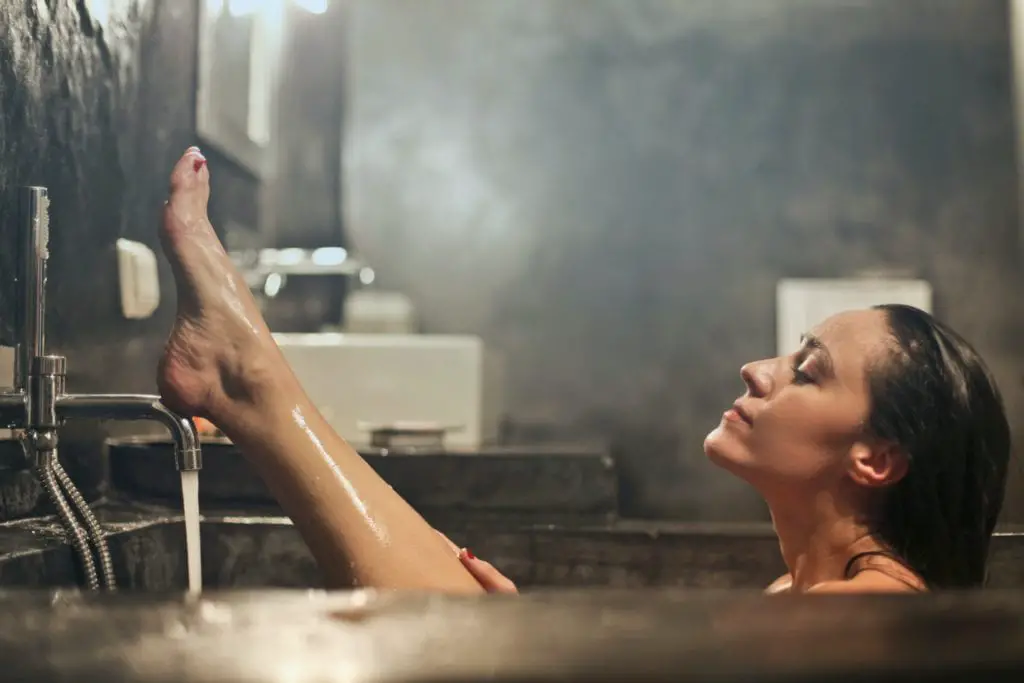
Table of Contents
Methods to Unclog Bathtub Drain Full of Hair
-
Boiling Water
This is perhaps one of the easiest ways to dissolve a clogged drain. You may want to try hot water if the drain in your shower takes longer than usual to clear.
Boil a pot of water and pour the boiling water down the drain. Be careful to avoid any splashbacks.
The hot water can loosen up and melt the soap or grease, keeping the hair in place. As the water softens the grease, it unclogs the shower drain and allows the hair to flush down easily.
-
Bleach
Unlike chemical products, bleach will not eat at your pipes. Thus, it is another simple, handy method to flush hair clogs. First of all, remember to protect your eyes and skin.
Bleach can irritate the eyes. To use this method, simply pour one cup of bleach down the tub drain. Do not hesitate to pour another if need be.
Bleach is a basic solution, while hair has acidic properties. Thus, pouring bleach down the tub drain will create a neutralizing reaction between them. This chemical reaction will break up the hair particles, thus helping unclog the drain.
-
Baking Soda and Vinegar
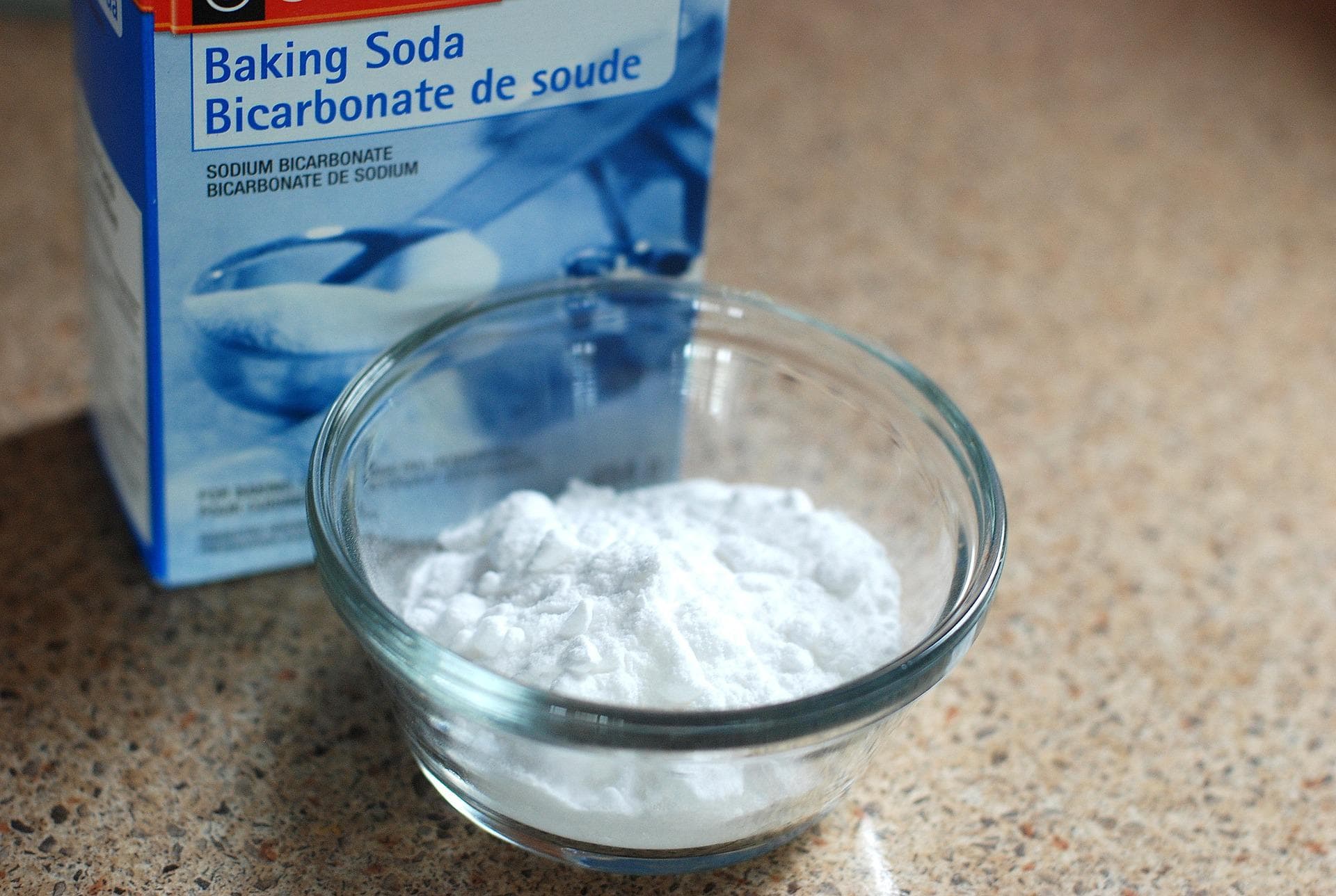 Baking soda and vinegar is everyone’s favorite home remedy. It has proven especially effective in unclogging drains full of hair. Baking soda not only dissolves the hair clumps, it also has disinfecting properties.
Baking soda and vinegar is everyone’s favorite home remedy. It has proven especially effective in unclogging drains full of hair. Baking soda not only dissolves the hair clumps, it also has disinfecting properties.
First, pour a half cup or one cup of baking soda down the drain. Next, follow it with a cup of vinegar. You would notice a fizzing reaction immediately.
This chemical reaction will help dissolve all that yuckiness. You can allow it to sit for a few hours and then run your faucet to check. However, pouring boiling water down the drain after about 5-10 minutes is best.
This will help rid the drain of the hair, vinegar, and baking soda. If it drains slowly, you have a stubborn clog on your hands. Go ahead and repeat the steps.
-
Tweezer/Hand Method
This is a fast way to get rid of a simple hair clog for those who can stomach it. Firstly, remove the drain cover. Secondly, reach inside and pull out the hair clogging the drain.
Ensure you put on gloves to safeguard your hands from dirt. Be sure to get a big clump of hair so the rest can easily follow.
Alternatively, use a tweezer to remove hair from your drain if you can’t imagine using your hands. Wear gloves if necessary. If your drain still flows slowly after this, you might have a mineral build-up on your hands.
In this case, revert to the vinegar and baking soda method. This will effectively clear out the clogged drain.
-
Wire Hook
This DIY solution involves the use of a wire hook. You can make a hook out of a wire coat hanger. Use a pair of needle-nose pliers to form a U-shape at the end of the hanger.
Fish the hook of the hanger into the drain and pull up slowly. Be careful not to directly fish the hook downwards to avoid pushing the hair further. Instead, twist the wire hanger as you push downwards to remove all the hair clogging the drain.
-
Plunger
 This method is effective for a deep clog- one that you cannot easily reach in and pull out. For this method, a regular toilet plunger might not be so effective.
This method is effective for a deep clog- one that you cannot easily reach in and pull out. For this method, a regular toilet plunger might not be so effective.
Use a cup or sink plunger instead. They are better suited for flat surfaces like a sink, bathtub, or shower drain. It will help create a good seal around the shower drain.
You can also add some petroleum jelly to the edge of the plunger.
Next, fill up the bathtub with some water to help build suction. The plunger should be submerged. Once that is done, start plunging vigorously.
The suction should loosen up the clog and pull up the clogged hair. Then, use a tweezer or a gloved hand to pull out the hair. Run your faucet to check that the drain is rid of all the hair clogging it.
-
Plumber’s Snake/Drain Claw
A plumbing snake or auger is probably what your plumber will use to fix a shower drain. It is also called a drain snake, drain claw, or plumber’s snake. It is effective for deep clogs.
To use, simply push the snake down the shower drain until you reach the hair clog. Then, turn the handle to drag the hair and the snake back up.
Run your faucet and test your drain. This should immediately unclog it. However, you may repeat the steps if necessary.
A cheaper alternative would be the hair snake tool. It can be used in place of a tweezer and is affordable. It may not get all the hair, but a big clump of long hair is usually good enough.
Simply insert the snake down the shower drain, twist it around then remove it with the clogged hair.
-
Drain chemicals
If all else fails, this chemical product should be used as a last resort. However, it is not advised. Drain cleaners, such as Liquid Plumr, are harmful to your shower drains and your body.
They can damage pipes and cause corrosion and leaks because they are caustic. As such, chemical drain cleaners should not be your first option to unclog drains.
Call your plumber if you have to use it. If not, make sure to read the packaging instructions.
Follow them closely, and wear protective clothing like rubber gloves and PPE. In addition, you should never mix chemicals to unclog your drains.
Conclusion
A clogged drain can be very unsightly, and they are a familiar inconvenience for many people. However, a simple solution to this problem is a cup of baking soda and vinegar.
A plunger and a plumbing snake are also handy tools if you’re ever in this sticky situation. Alternatively, your good old hands or a tweezer can get that hair clog out and your bathtub drain flowing again.
All in all, it is best to not give room for hair to clog your drain in the first place. Thus, as a preventive measure, practice regular drain cleaning. Finally, if none of these solutions work, call a plumber.
